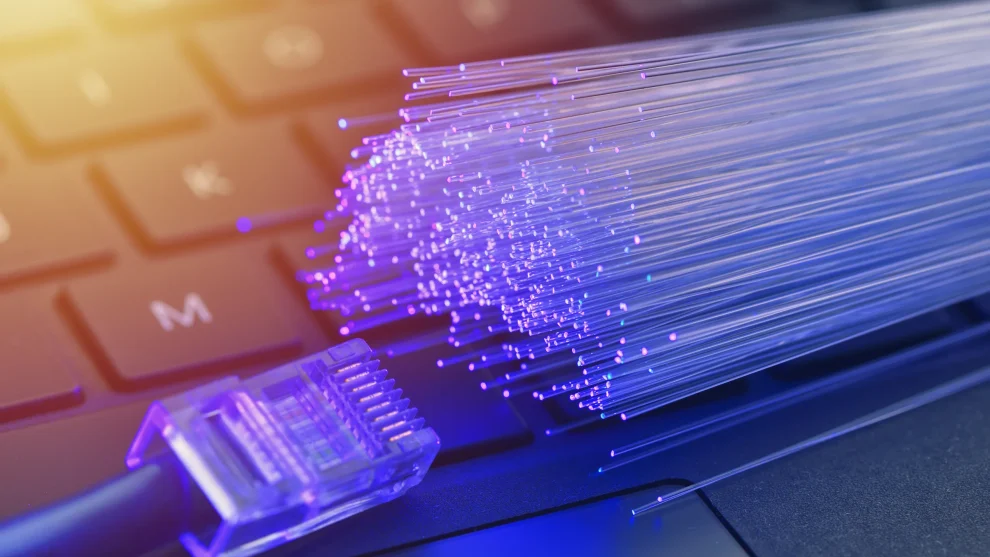A Revolution in Connectivity
Fiber optic internet, a cutting-edge technology that utilizes thin strands of glass to transmit data at incredible speeds, is rapidly transforming the way we connect to the digital world. Offering unparalleled speed, reliability, and future-proofing capabilities, fiber internet is poised to become the standard for high-speed connectivity across the globe.
The Speed Advantage
Fiber internet offers download and upload speeds that are far superior to traditional copper-based connections, such as DSL or cable. This is because light pulses travel through fiber optic cables at a much higher speed than electrical signals do through copper wires. As a result, fiber internet users can experience download and upload speeds that are several times faster than traditional broadband.
Reliability and Stability
Fiber optic cables are less susceptible to interference and degradation than copper cables, resulting in a more reliable and consistent internet connection. This is particularly important for activities that require a stable connection, such as video conferencing, online gaming, and remote work.
Future-Proof Technology
Fiber internet is a future-proof technology. As the demand for higher bandwidth applications continues to grow, fiber networks can easily be upgraded to accommodate the increasing data loads. This ensures that fiber internet will remain a viable and high-performing option for years to come.
Expanding Availability
While fiber internet is becoming increasingly available in many areas, its widespread deployment can be challenging due to infrastructure costs and the need to lay new fiber optic cables. However, as more internet service providers (ISPs) invest in fiber infrastructure, it is expected to become even more accessible in the years to come.
The Impact on Society
The widespread adoption of fiber internet has the potential to transform society in numerous ways. It can enable remote work, online education, and telemedicine, bridging the digital divide and improving access to essential services.

Fiber Internet Speeds: A Global Perspective
The speed of fiber internet can vary depending on factors such as location, service provider, and the specific plan chosen. However, here are some examples of typical fiber internet speeds offered by major providers:
- Gigabit speeds: Many ISPs now offer fiber internet plans with speeds up to 1 gigabit per second (Gbps). This is significantly faster than traditional broadband connections, which typically offer speeds of around 25-100 Mbps.
- Multi-gigabit speeds: Some providers offer even faster speeds, such as 2 Gbps, 5 Gbps, or even 10 Gbps. These speeds are ideal for demanding applications such as virtual reality, cloud gaming, and large-scale data transfers.
- Symmetrical speeds: Fiber internet often offers symmetrical speeds, meaning that the upload speed is the same as the download speed. This is particularly beneficial for activities that require a lot of data to be uploaded, such as video conferencing or online gaming.
The Future of Fiber Internet
As fiber internet continues to expand, we can expect to see even faster speeds and more innovative applications. The technology has the potential to revolutionize the way we live, work, and communicate, creating a more connected and digital future.
Conclusion
Fiber internet is a game-changer that offers unprecedented speed, reliability, and future-proofing capabilities. As more areas gain access to fiber networks, we can expect to see a significant transformation in the way we connect to the digital world.
















Add Comment